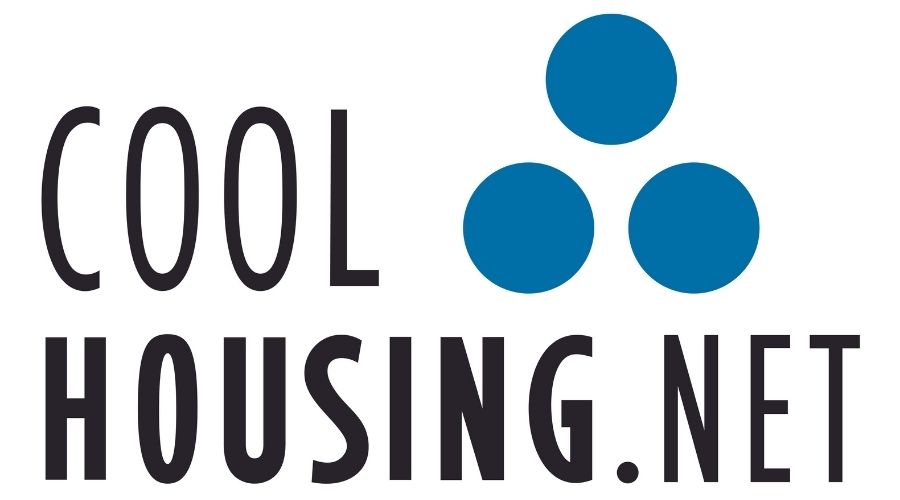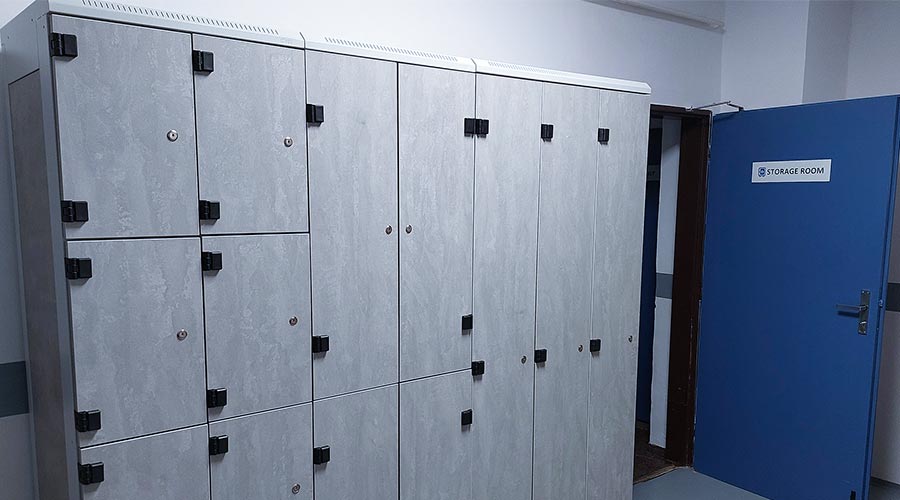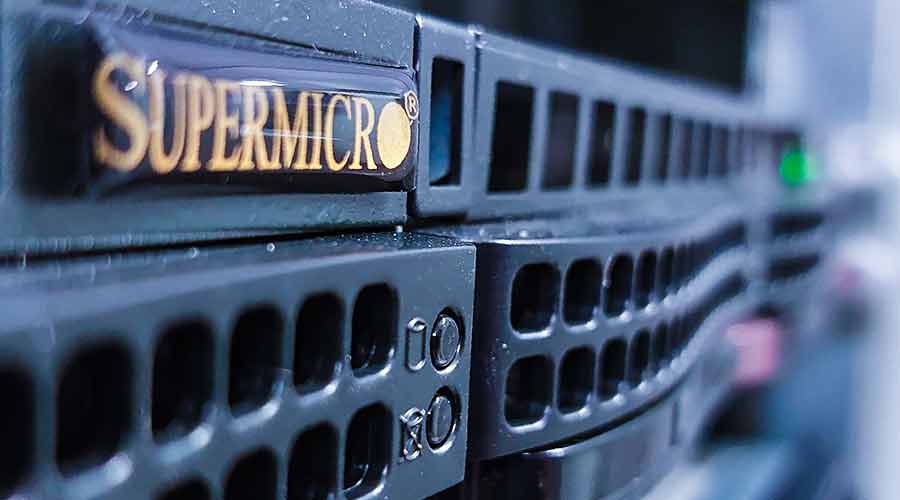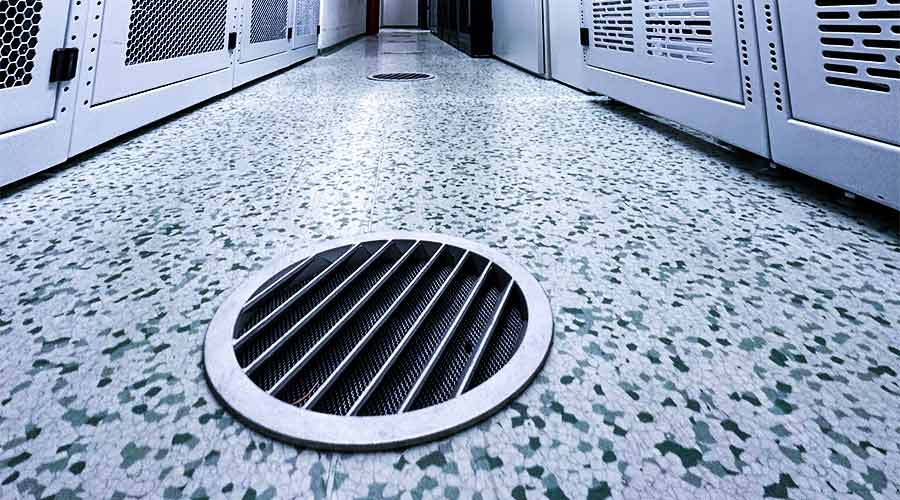Placing servers, storage, NAS, switches, routers and other similar devices in data centers is quite common. On the other hand, using data centers to accommodate virtual currency mining devices, the so called ASIC miners, is not so common. If we forget about the often considerable input power of these devices, we face complications regarding design frequently not meeting the requirements for electric devices IP rating.
As mentioned above, problems connected with mining facilities lie in the IP rating. If we cover something in a way that prevents from contact with live parts, we often face cooling issues. If a device is not properly covered, it is not quite possible to operate it, let alone in the premises of data center, for such equipment does not meet safety regulations.
Electric devices IP rating
The IP protection is a structural measure which is integral to electric equipment and serves for protecting against touching live and moving parts. It helps preventing from ingression of other objects, dust water and so on.
I will not lumber you with the electric protection cover standards but you can find an IP code with numbers and/or other letters on these covers.
Degree of protection against contact with live parts and the ingress of solid objects reported by the first digit:
- IP 0x – No special protection
- IP 1x – The device is protected against ingress of solid objects with a diameter of 50 mm and larger and against touching by the back of a hand.
- IP 2x – The device is protected against ingress of solid objects with a diameter of 12.5 mm and larger and against touching by a finger.
- IP 3x – The device is protected against ingress of solid objects with a diameter of 2.5 mm and larger and against touching by a tool.
- IP 4x – The device is protected against ingress of solid objects with a diameter of 1 mm and larger and against touching by a wire.
- IP 5x – The device is protected against dust and touching by a wire.
- IP 6x – The device is dustproof and protected from wire contacts.
Degrees of protection against the ingress of water described by the second characteristic digit:
- IP 0x – Not protected.
- IP x1 – Vertical dripping.
- IP x2 – Dripping at 15°.
- IP x3 – Sprinkling, rain.
- IP x4 – Spraying.
- IP x5 – Splashing.
- IP x6 – Intense splashing.
- IP x7 – Temporary immersion.
- IP x8 – Continuous immersion.
The numerical designation is followed by an additional letter indicating the degree of protection against contact with hazardous parts. This is done using the so-called touch probe which must in all cases be in adequate air distance from the hazardous parts.
- A – Protected against contact with the back of a hand – the touch probe is a sphere with a diameter of 50 mm.
- B – Protected against touching by fingers – segmented test finger with a diameter of 12 mm and a length of 80 mm.
- C – Protected against contact with a tool – touch probe with a diameter of 2.5 mm and a length of 100 mm.
- D – Protected against contact with a wire – touch probe with a diameter of 1 mm and a length of 100 mm.
To make things worse, more, additional letters follow.
- H – High voltage equipment.
- M – Testing of harmful effects of water ingress in case the moving parts are moving (e.g. a rotor of a rotating machine).
- S – Testing of harmful effects of water ingress in case the moving parts stand still (e.g. a rotor of a rotating machine).
- W – Suitable for use under specified weather conditions. Protection is achieved by additional protective properties or methods.
What is this to do with mining?
When mining virtual currencies, literally every penny counts. The devices are therefore designed with maximum regard to the price and not too much attention to security is paid. Luckily enough, the ASIC miners are often supplied as compact devices, so you do not have to worry about their protection. In additional devices, such as various mini PCs like Raspberry, the protection, for the sake of costs lowering, is not to be found. Add in the PC adapters with unprotected terminals which are essential for power supply and you are sure to have quite a fun.
How to cover and protect the device so that it can be placed within the DC as to operate it inexpensively and mainly safely? Simply close it in a cage – e.g. that for a parrot. 🙂
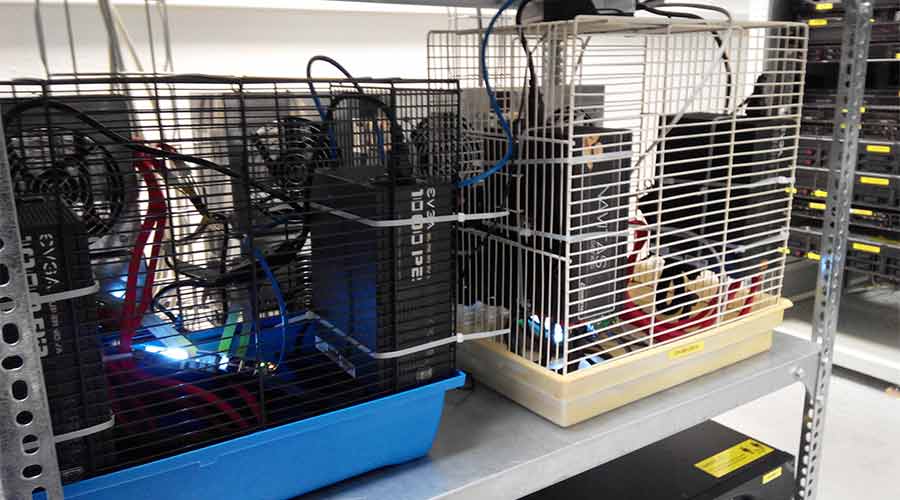
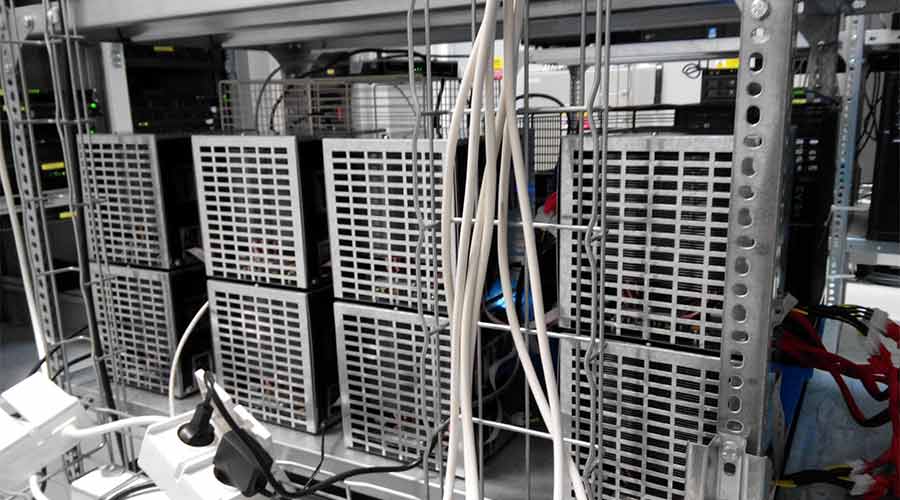
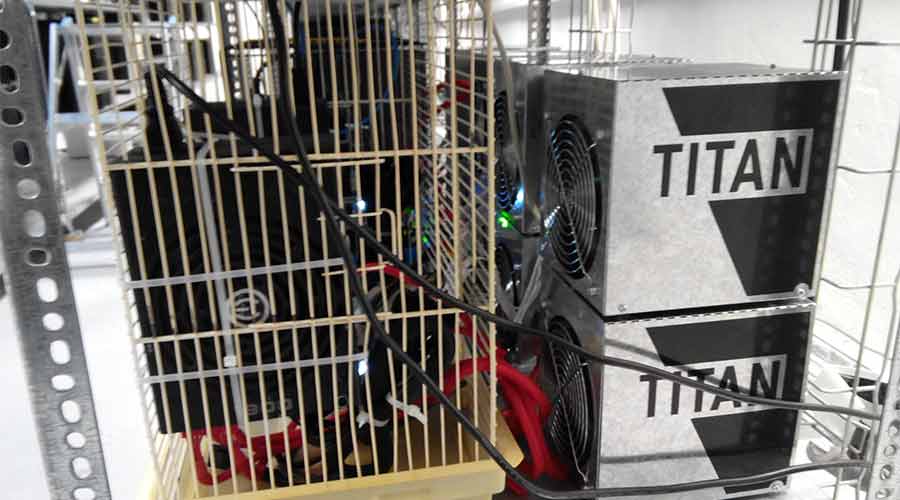
According to the above mentioned parameters (with a certain level of exaggeration) the resulting protection can be then classified as IP20WB. Live parts are covered and protected from physical contact and every part is cooled without any difficulties.
Best of luck to mining, servers and small birds breeding.
Author: Jirka Dvořák

